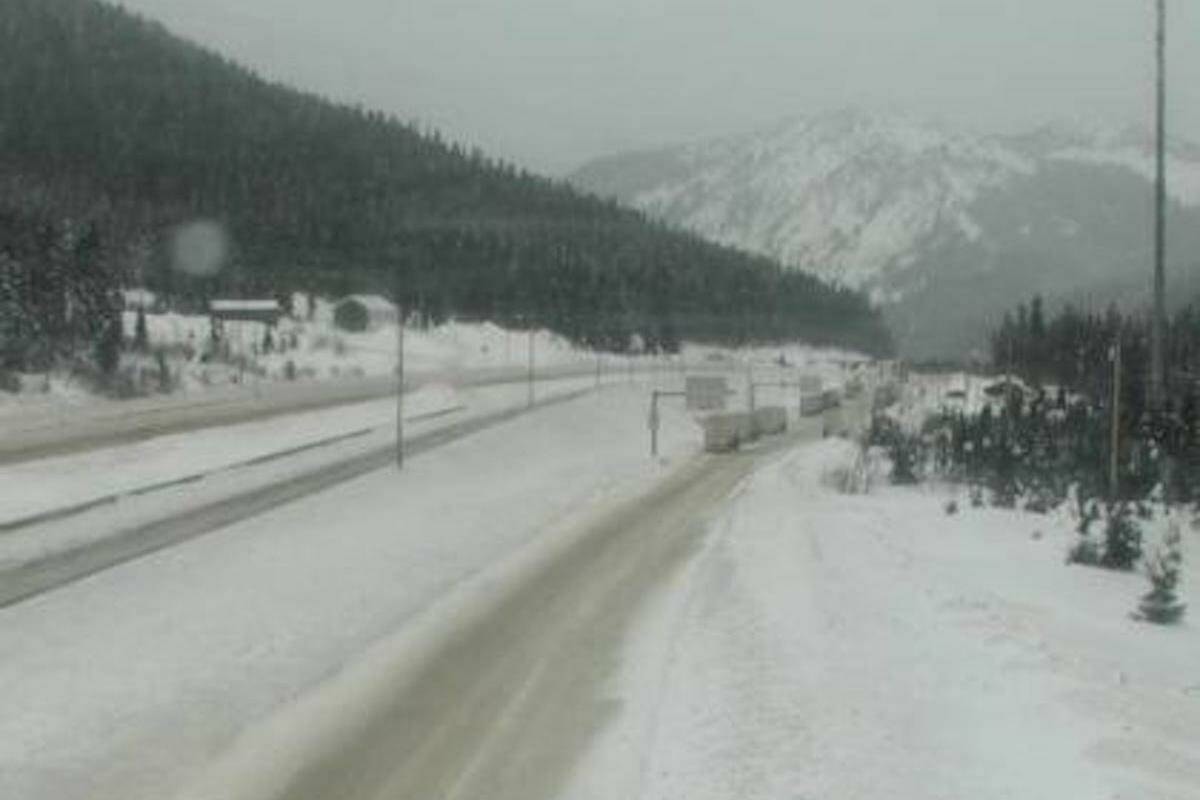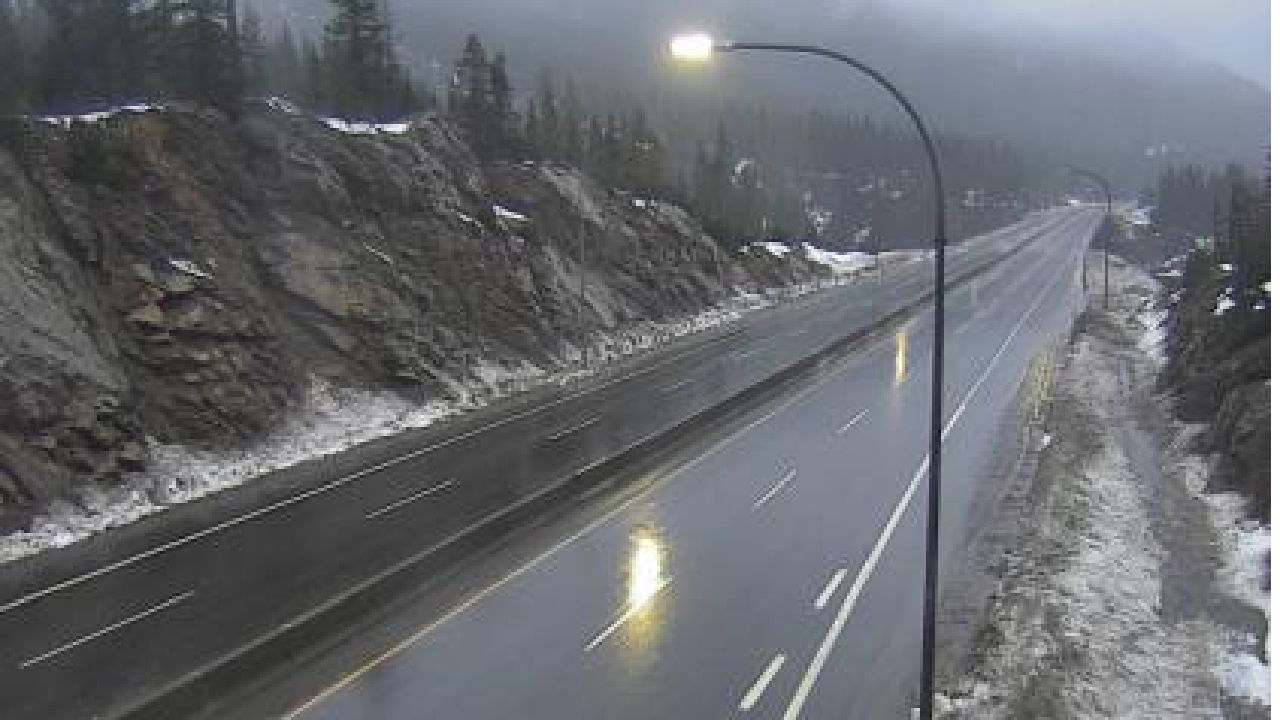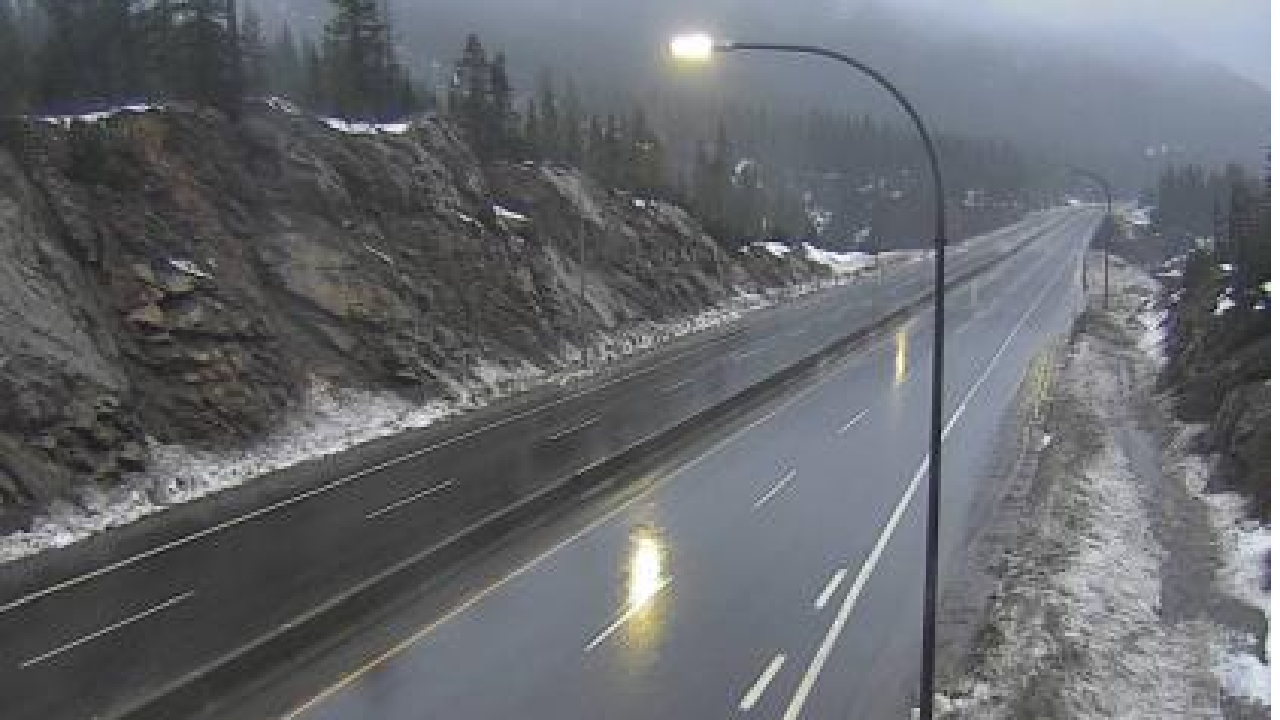Coquihalla weather cameras provide crucial real-time information about conditions on this challenging mountain highway. Understanding how to interpret these images is key to safe travel, especially during winter’s unpredictable snow, ice, and fog. This resource explores the camera network, image interpretation, and alternative sources for staying informed about Coquihalla Highway weather.
The Coquihalla Highway, known for its stunning scenery and treacherous weather, relies heavily on a network of strategically placed weather cameras. These cameras offer drivers and transportation authorities a vital window into current conditions, enabling safer travel and more effective road management. We’ll delve into the specifics of camera locations, image interpretation techniques, and the broader role these technologies play in ensuring highway safety and efficient traffic flow.
Coquihalla Highway Weather Cameras: A Comprehensive Guide: Coquihalla Weather Camera
The Coquihalla Highway, a vital transportation artery in British Columbia, Canada, presents unique challenges due to its mountainous terrain and unpredictable weather. Understanding the weather conditions along this route is crucial for safe travel. This guide provides an overview of the Coquihalla Highway, its weather patterns, the role of weather cameras in monitoring conditions, and alternative information sources to aid in safe and informed travel planning.
Coquihalla Highway Overview

The Coquihalla Highway (Highway 5) traverses the challenging terrain of the Cascade Mountains in British Columbia, connecting the Lower Mainland to the Interior. Its high elevation and exposure to various weather systems make it susceptible to severe winter conditions, including heavy snowfall, ice, and strong winds. The highway’s significance lies in its role as a major transportation route for both commercial and passenger vehicles, connecting key economic centers and providing access to recreational areas.
Disruptions due to weather can have significant economic and social impacts.
Typical weather conditions vary dramatically throughout the year. Summers can be warm and dry, but winters bring significant snowfall, freezing rain, and periods of extreme cold, often resulting in road closures and travel delays. These harsh conditions directly impact highway safety and traffic flow, leading to accidents, traffic congestion, and increased travel times.
Weather Camera Locations and Coverage

Several weather cameras are strategically positioned along the Coquihalla Highway to monitor real-time conditions. These cameras offer varying coverage areas, elevations, and capabilities. Precise locations are generally not publicly disclosed for operational reasons, but they are typically located at key elevation points and areas prone to severe weather events.
Camera features vary; some provide high-resolution images with frequent refresh rates, while others may have lower resolution but offer night vision capabilities. The range of visibility depends on factors such as weather conditions (fog, snow), time of day, and camera placement. Generally, cameras provide a view of a specific section of highway and the immediate surrounding area.
Interpreting Weather Camera Images

Interpreting weather camera images requires understanding visual cues indicative of road conditions and potential hazards. Clear identification of snow accumulation, ice formation, fog density, and visibility is critical. The presence of unusual formations, such as large snowdrifts or areas of standing water, can also indicate potential hazards.
Monitoring weather conditions, especially in challenging areas like the Coquihalla Highway, often relies on strategically placed cameras. For real-time views of another location, you might check out the port dover live camera , offering a different perspective on weather impacts. Returning to the Coquihalla, the availability of reliable weather camera feeds is crucial for safe travel planning and alerts.
Identifying potential hazards like avalanches, rockfalls, or flooding requires careful observation of the surrounding landscape. Unusual terrain movements, debris on the road, or signs of water accumulation beyond normal levels should raise immediate concerns.
| Image Characteristic | Description | Potential Hazard | Recommended Action |
|---|---|---|---|
| Heavy Snow Accumulation | Significant snow covering the roadway, reduced visibility. | Reduced traction, vehicle entrapment, collision. | Delay travel, use caution, consider alternative route. |
| Ice Formation | Sheen on the road surface, patches of clear ice. | Loss of control, skidding, collision. | Reduce speed, increase following distance, avoid sudden maneuvers. |
| Dense Fog | Limited visibility, blurred images. | Reduced visibility, collision. | Reduce speed, use headlights, consider delaying travel. |
| Water Accumulation | Standing water on the road, possible flooding. | Hydroplaning, vehicle damage, flooding. | Avoid driving through water, find an alternative route if flooding is present. |
The Role of Weather Cameras in Safety and Planning, Coquihalla weather camera
Weather cameras play a vital role in enhancing driver safety on the Coquihalla Highway. Real-time images provide drivers with up-to-the-minute information about road conditions, enabling informed decisions about travel. Transportation authorities use camera data for proactive road maintenance and planning, allowing for timely deployment of snowplows, sanders, and other resources.
Real-time weather information from cameras is integrated into various navigation apps and travel advisories, providing drivers with comprehensive and reliable information before and during their journeys. This integration significantly improves travel safety and efficiency.
Alternative Information Sources for Coquihalla Weather
While weather cameras are a valuable resource, it is advisable to consult multiple information sources for a comprehensive understanding of Coquihalla Highway weather conditions. This approach reduces reliance on a single source and minimizes the risk of misinterpretations.
- Environment Canada Weather Forecasts: Provides detailed weather predictions, including snowfall amounts, temperature, and wind speeds. Strength: Reliable, official source. Weakness: Forecasts can be imprecise, especially for localized conditions.
- DriveBC Road Reports: Offers real-time road condition updates, including closures, delays, and advisories. Strength: Specific to highway conditions. Weakness: Updates may not be instantaneous.
- Social Media: Platforms like Twitter can provide crowdsourced information from other drivers. Strength: Provides immediate updates. Weakness: Information can be unreliable and unverified.
Visual Representation of Weather Conditions
Visual representation of heavy snowfall might depict a scene with significantly reduced visibility, perhaps to only a few meters. Snow accumulation on the road would be considerable, potentially exceeding several centimeters, with drifts visible along the highway’s shoulders. Road markings would be completely obscured.
A visual representation of icy conditions would show a transparent layer of ice covering the road surface, possibly varying in thickness. The road’s texture would appear smooth and reflective, with potential for black ice, a particularly dangerous condition. The surrounding landscape might show signs of freezing temperatures, such as frost on vegetation.
Safe travel on the Coquihalla Highway depends on access to reliable weather information. While weather cameras offer a crucial real-time view, combining this data with forecasts, road reports, and other resources provides a comprehensive understanding of current and anticipated conditions. By utilizing all available information, drivers can make informed decisions to ensure a safe and successful journey along this vital transportation route.
Remember to always check conditions before traveling and adjust plans accordingly.
Monitoring the Coquihalla Highway’s weather conditions is crucial for safe travel, especially during winter storms. Real-time feeds from the Coquihalla weather camera provide invaluable insights for drivers. Understanding the potential impact of adverse weather conditions is even more critical given the current geopolitical climate, where technologies like the shahed drone are raising concerns about surveillance and disruption.
Returning to the Coquihalla, reliable weather information remains paramount for maintaining safe passage along this vital transportation route.
FAQs
How often are the Coquihalla weather camera images updated?
Update frequency varies by camera but generally ranges from a few seconds to a few minutes.
Where can I find a map showing the locations of all the cameras?
A comprehensive map isn’t publicly available in a single location, but transportation authority websites often show camera locations individually within their road condition reports.
What should I do if I encounter hazardous conditions on the Coquihalla?
Pull over to a safe location, activate hazard lights, and contact emergency services if needed. Avoid unnecessary travel if conditions are severe.
Are the cameras operational 24/7?
Most cameras are designed for 24/7 operation, but outages can occur due to technical issues or extreme weather.
